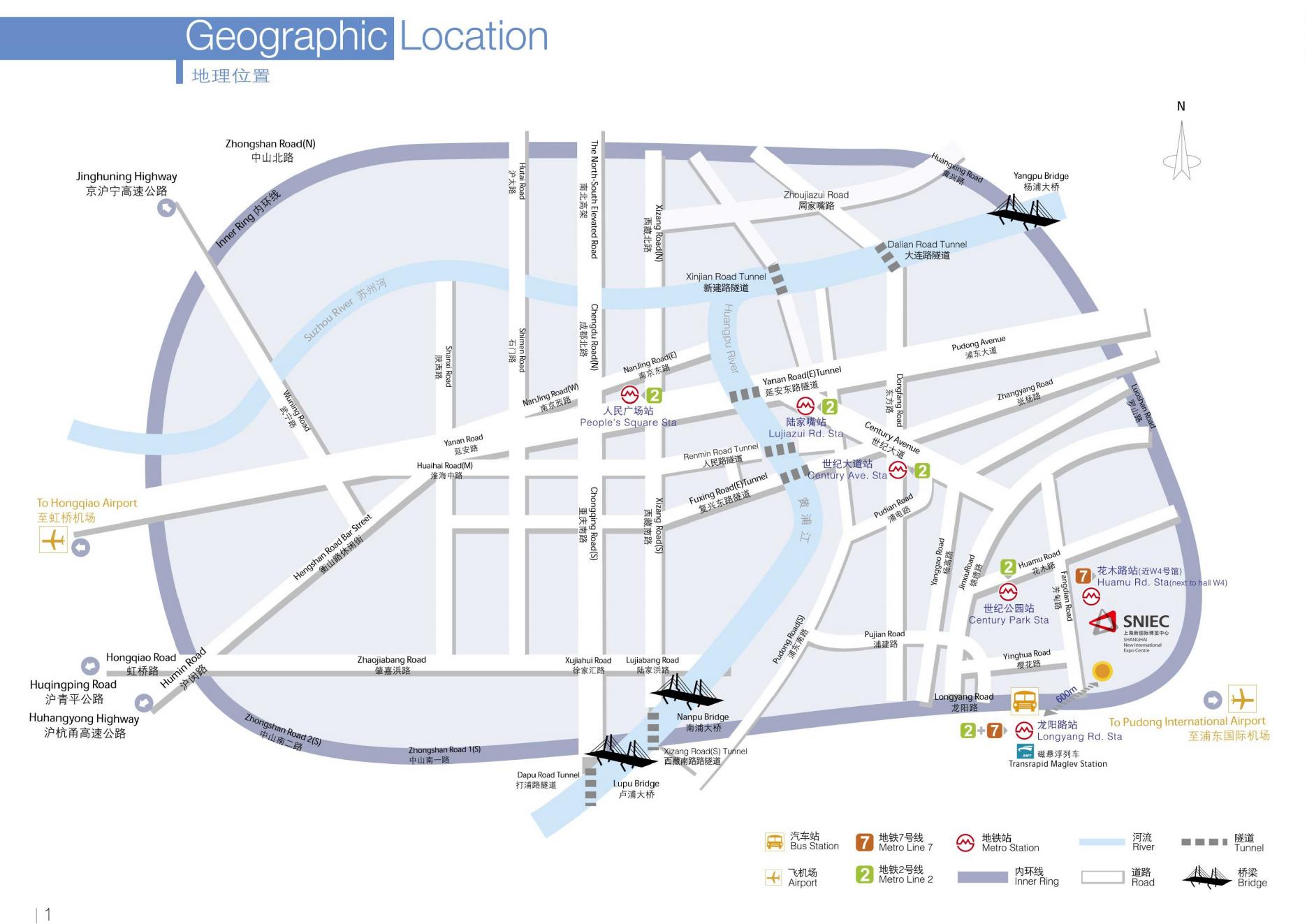
On October 24, RoboSense announced that it had officially reached a strategic cooperation with GAC Aion on October 12, deepening cooperation and winning multiple vehicle model designated projects.
According to relevant data, by the end of September 2024, RoboSense's laser radar sales exceeded 720,000 units, with a market share of 40.3%, ranking first in the industry.
Since 2021, the two parties have cooperated on a number of smart models, including GAC Aion models using M platform laser radar, AION LX Plus equipped with 3 second-generation intelligent solid-state laser radars, Haobo GT based on M platform laser radar, and Haobo HT 770 Gull Wing Ultra-High Pressure Max Edition.
Recently, the two parties have cooperated to launch the second-generation AION V Aion Tyrannosaurus and AION RT equipped with laser radar high-end intelligent driving, leading the mass production and delivery of laser radar models in the 150,000-200,000 yuan range.
RoboSense mainly manufactures and sells laser radar products. The so-called laser radar is a remote sensing system that uses light to measure the distance or range of objects, mainly used in the fields of automotive autonomous driving and robots.
Already listed on the Hong Kong Stock Exchange
Lidar product sales are optimistic
On January 5, 2024, RoboSense was officially listed on the main board of the Hong Kong Stock Exchange with the stock code 02498.HK. It is the first stock in the Hong Kong stock market this year.
In 2023, RoboSense's total revenue reached 1.12 billion yuan, a year-on-year increase of 111.2%, and its net profit loss was about 4.337 billion yuan.
In 2023, RoboSense sold 259,600 laser radar products, a year-on-year increase of more than 300%; among them, the sales volume of laser radar vehicle-mounted laser radar for ADAS applications was about 243,000 units, a year-on-year increase of 558.5%.
RoboSense's interim report shows that in the first half of 2024, the company lost about 269 million yuan, a year-on-year narrowing of 65.1%.
According to data from Gaogong Intelligent Automobile, in the first seven months of 2024, the delivery volume of front-mounted laser radars for passenger cars in China surged to more than 700,000, a year-on-year increase of 222%, and the penetration rate also jumped to 5.42%, a significant improvement compared with the level of less than 0.1% in 2021, and the penetration rate has continued to grow rapidly since 2021.
Car-mounted laser radar may become the key to intelligent hardware configuration
CITIC Securities analysis pointed out that with the intensification of competition among domestic auto companies, car-mounted laser radar is expected to become a key factor in intelligent hardware configuration, and the increase in its standard configuration ratio is expected to further promote the positive cycle of laser radar penetration. It is expected that the annual shipment volume in 2024 will reach about 1.5 million, a year-on-year increase of 160%. The development prospects of the laser radar industry chain in the next one or two years are highly optimistic.
As for listed companies, Medikey revealed that its laser radar related products have been applied to multiple fields such as unmanned driving, advanced driver assistance (ADAS), service robots, etc., covering optical components, chips and MEMS discrete devices, laser radar patch prisms, etc., among which the laser radar patch prism has entered the mass production stage.
Juguan Technology announced that it has obtained the official designation of the second laser radar line spot emission module project of a well-known European automotive Tier 1 customer (code-named AG Company). The terminal car enterprise customer of this project is a well-known European global car enterprise. It is expected to be mass-produced in 2027, and the demand during the life cycle is about 150,000 sets.
Orbbec said that for various types of robots including humanoid robots, the company can provide 3D visual sensors and visual perception solutions with full technical routes such as monocular/binocular structured light, laser radar, and iToF.
Finally
With the continuous development of technology, the detection distance, resolution, field of view, accuracy and other indicators of laser radar are constantly improving to meet the needs of higher-level autonomous driving. At the same time, with the advancement of technology and large-scale production, the price of LiDAR has gradually dropped, and some products have entered the "thousand-yuan machine era", which will promote more mid- and low-end models to be equipped with LiDAR.
Industry insiders said that in 2021, a LiDAR was about 10,000 yuan, which had fallen to 3,200 yuan last year and 2,600 yuan in the first half of this year.
For the future of LiDAR, we can refer to the views of Li Yifan, co-founder of Hesai Technology: "From a long-term perspective, LiDAR is likely to be profitable in China, but the specific time of this "long-term" is still difficult to predict, maybe three years, maybe ten years in a blink of an eye."
At present, for companies in the LiDAR industry, the primary task is not to rush to make profits, but to ensure that they can survive in the fierce market competition.
This paper is from Ulink Media, Shenzhen, China, the organizer of IOTE EXPO (IoT Expo in China)

















